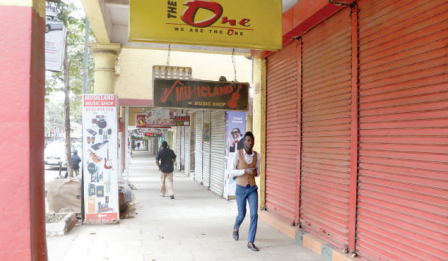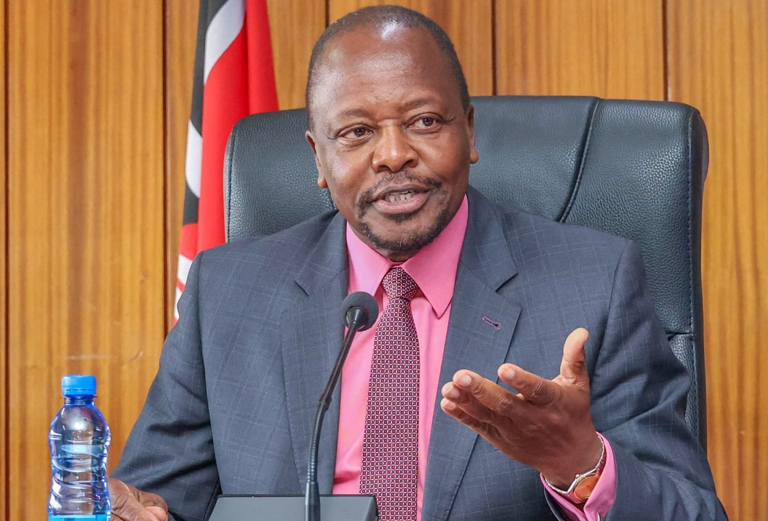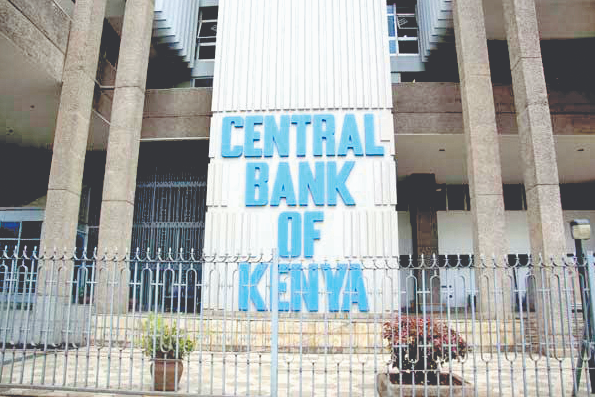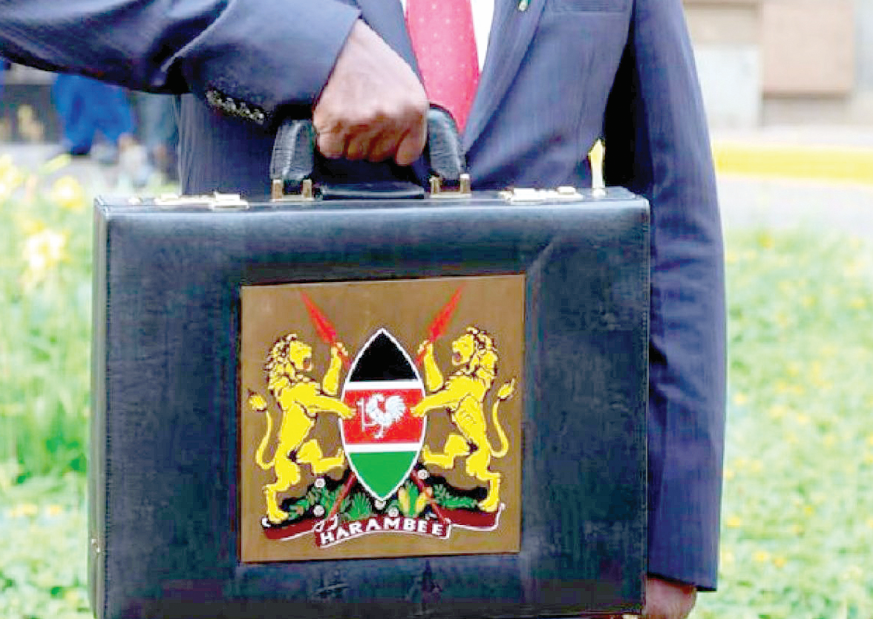Fitch rattles Kenya’s credit status with negative rating

Rating agency Fitch has downgraded Kenya’s credit rating to negative on deteriorating macro-economic conditions, external financing constraints, drop in gross international reserves and fast depreciating shilling.
In a move likely to paint Kenya as a risky customer, the downgrade means Kenya is likely to find more difficulties borrowing from international lenders, with investors being on the tenterhooks demanding higher interest rates for Kenya’s paper to compensate them for increased chances they will not be paid back.
The ratings are ill-timed, coming at a time the country is facing social instability occasioned by protests over the Finance Act 2023, which has resulted in over 20 deaths after police clashed with the protesting masses who have been agitating for the lowering of the cost of living.
Fitch revised the outlook on Kenya’s long-term foreign-currency Issuer Default Rating (IDR) to negative from stable and affirmed the IDR at ‘B’ and is likely to downgrade Kenya further in their next review should the situation not improve.
Controversial Act
The situation is likely to be aggravated after the decision by International Monetary Fund (IMF) to among others endorse the controversial Act, which has raised the Value Added Tax (VAT) on petroleum products from 8 per cent to 16 per cent among a raft of other tax measures, raising the cost of living.
“Our expectation that the global tightening cycle could maintain unfavourable market conditions into 2024 is a significant headwind for the authorities, who plan to refinance the Eurobond in external markets,” Fitch said in a statement late last week.
The Bretton Woods institution has been closely watching the Finance Act 2023, which is in court, with the executive board stating that it was “crucial to support ongoing consolidation efforts to reduce debt vulnerabilities.”
In its rating, Fitch cited external financing constraints, amid high funding requirements including the $2 billion (Sh283.8 billion) Eurobond maturity in 2024, weakening foreign exchange reserves, rising financing costs and uncertainty over the fiscal trajectory over new tax hikes that have led to the social unrest.
The foreign reserves have since risen to $ 7.9 million (Sh1.12 trillion), equivalent to 4.31 months of import cover as of the end of last week. While the Azimio La Umoja One coalition party led by Raila Odinga has scaled down its nationwide weekly protests from three to one day on Wednesday to force President William Ruto to revoke the Finance Act, Kenya Association of Manufacturers (KAM) through its chairman Rajan Shah still maintain that this “will hinder their day to day operations leading to a daily loss of Sh2.86 billion in business operations or destruction of property.”
Should the High Court block the Finance Act, of 2023, President William Ruto’s administration has lined up a new set of taxes, including a road tax, to be introduced in October. The government is expected to meet its financing obligations for the current financial year through official lending, syndicated loans and a drawdown in reserves.
This included an estimated $1 billion (Sh141.9 billion) in IMF disbursements, $1.9 billion (Sh269.6 billion) in project loans from official creditors and syndicated loans. External debt Fitch said Kenya’s debt is exposed to currency risk, as half is foreign-currency denominated.
The agency predicted that the cost of servicing external debt (amortization and interest) will rise steeply to $4.3 billion (Sh609.74 billion) in the financial year ending June 2024.
“The rating affirmation balances Kenya’s relatively high government debt and external indebtedness and its narrow revenue base against the authority’s commitment to fiscal consolidation anchored by the IMF programme and strong medium term growth prospects,” Fitch said in its statement.












